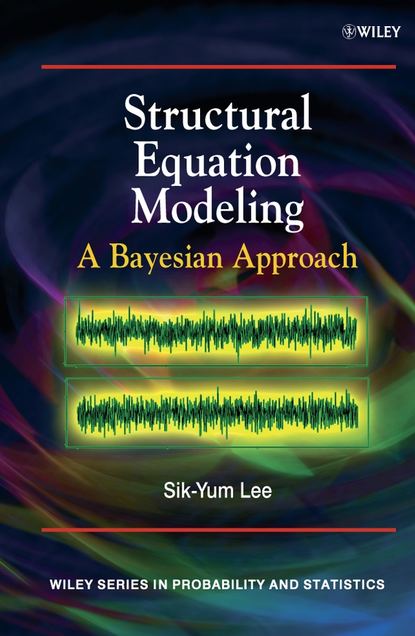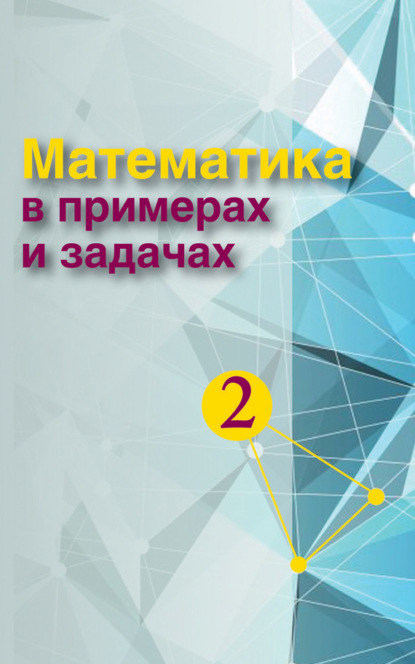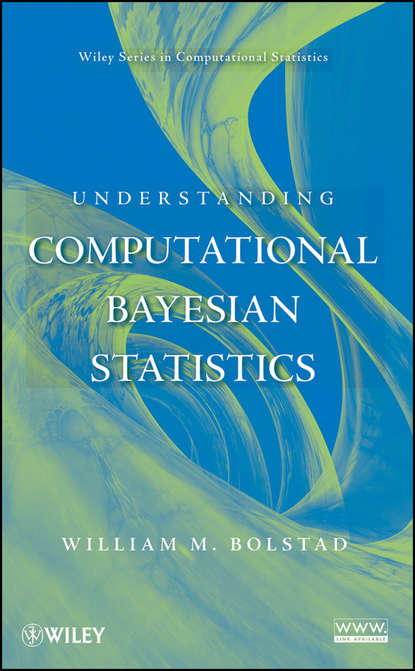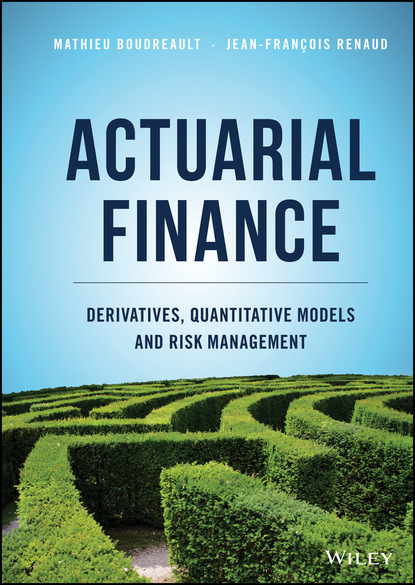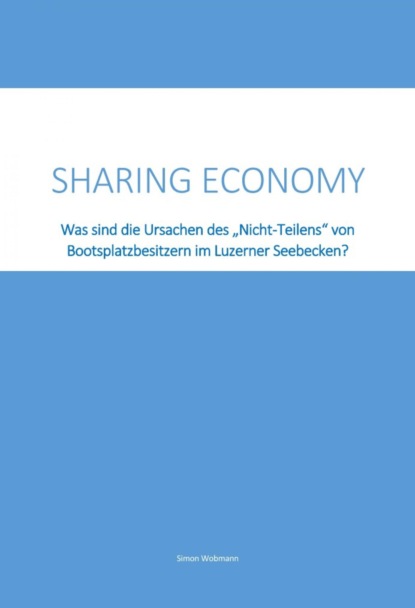Структурное уравнительное моделирование (SEM) - это мощный многомерный метод, позволяющий оценить одновременно несколько гипотез о влиянии латентных и явных переменных на другие переменные с учетом ошибок измерений. По мере роста популярности SEM в последние годы были разработаны новые модели и статистические методы для более точного анализа более сложных данных. Байесовский подход к SEM позволяет использовать априорную информацию, что приводит к улучшению оценок параметров, оценок латентных переменных и статистик для сравнения моделей, а также дает более надежные результаты для небольших выборок.
Книга "Структурное уравнительное моделирование: Байесовский подход" знакомит с байесовским подходом к SEM, включая выбор априорных распределений и аугментацию данных, а также дает обзор последних достижений в этой области. В книге показано, как использовать мощные инструменты статистических вычислений, в том числе алгоритмы Гиббса, Метрополиса-Хейстинга, мостовой выборки и выборки по траектории для получения байесовских результатов. Обсуждается фактор Байеса и критерий Deviance Information (DIC) для сравнения моделей.
Книга охватывает сложные модели, включая SEM с упорядоченными категориальными переменными, дихотомическими переменными, нелинейные SEM, двухуровневые SEM, многовыборочные SEM, смеси SEM, SEM с пропущенными данными, SEM с переменными из экспоненциального семейства распределений, а также некоторые их комбинации.
Методология иллюстрируется с помощью имитационного моделирования и примеров с реальными данными из бизнеса, образования, психологии, здравоохранения и социологии. Продемонстрировано применение свободно доступного программного обеспечения WinBUGS через дополнительный веб-сайт с программным кодом и наборами данных.
Книга "Структурное уравнительное моделирование: Байесовский подход" - междисциплинарный текст, идеально подходящий для исследователей и студентов во многих областях, включая статистику, биостатистику, бизнес, образование, медицину, психологию, здравоохранение и социальные науки.
Structural Equation Modeling (SEM), edited by a distinguished group of authors, is an innovative work that combines a thorough conceptualization and presentation of models used by scholars across numerous disciplines, especially in the social and behavioral sciences. In its introduction, the editors affirm the first edition's popularity as evidenced by the Ziegel Award it won in 2012 for "outstanding new contributions."
SEM is a useful resource for scholars and students of both social and health sciences because it pays careful attention to multidimensional approaches by introducing state-of-the-art SEM methodologies. With SEM, it is possible to analyze the effects of latent (hidden) and manifest (observable) variables on several others, even accounting for measurement inaccuracies presented by the aforementioned variables. Following the development of this methodological procedure, a variety of new models have emerged, prompting additional statistical procedures for performing more meticulous analyses on increasingly intricate data arrays. The Bayesian method used here, in particular, allows one to incorporate prior knowledge that leads to estimators that augment the latent variables; improve statistics that aid in model comparisons; and moreover, to allow more dependable results on smaller samples.
This second edition of Structural Equation Modeling continues the tradition of presenting original research in the Bayesian framework. It introduces the technique of utilizing powerful computational packages, often employing similar tactics such as the Gibbs Sampler, Metropolis Hasting Algorithm, Bridge Sampling, and Simulated Annealing. Special attention is given to criteria such as Belief Factors and Regressions of Informative Criteria (DIC), which are crucial to model comparisons. Moreover, while not limited to only these topics, coverages of frequently discussed complex models are firmly incorporated.
One of the undisputed strengths of this text is the extent to which each model encountered is efficiently integrated via theoretical justification rather than an arbitrary technolectic system. However, simulations make indispensable contributions; thoughtfully exhibiting various scenarios previously tested. Lastly and perhaps most memorably, we see substantive portfolios of applied demonstrations on real-world datasets from several vital areas--including business management, social sciences, education, medical fields, and psychology– showcasing effective variations of Bayesian SEM.
Additionally, this edition attests to the text's transdisciplinary nature, being equally useful for a diverse assortment of professionals whose innovations gravitate toward statistical inferences in numerous arenas, such as statisticians, biostatisticians, marketing professionals, sociologists, psychologists, economists, and others. Finally, readers must enjoy being introduced to the collection of supplemental material included online. These resources include software programs, documentation, and a plethora of simulated examples.
Эта книга является руководством по структурному уравнению моделирования, позволяющему оценить множество взаимосвязанных гипотез касательно этапов влияний латентных и видимых переменных на остальные переменные, принимая во внимание погрешность измерений. SEM постепенно набрало популярность за последние годы, таким образом, новые модели и статистические методы развивались для более точного анализа более сложных данных. Байесовский подход к SEM позволяет использовать прошлую информацию, приводя к улучшеным оценкам параметров, оценками переменных состояний и статистиками для сравнения моделей, а также обеспечивая более надежные результаты при меньших выборках. В книге Structural Equation Modelling вводится Байесовское направление к SEM, включая выбор предисточников и данные наложения, и предлагает обзор недавних достижений в области. Книга показывает, как использовать мощные статистические средства для обработки данных, например алгоритм Гиббса, алгоритм Метрополис-Гастингса, два метода наложения мостов и несколько способов создания цепочек шагов для получения результатов для анализа. Также обсуждается сравнение байесовских моделей, используя статистику информации Двевины (Deviance Information Criterium). В книгу включена информация о сложных моделях, таких как SEM с ordered categorical переменными, или с дихотомическими переменными, нелинейные SEM, одноуровневые SEM, многообразные SEM, смешанные модели SEM, модели SEM с пропущенными данными, и модели SEM из семейства экспоненциальных распределений. Также она показывает методологию через изучение нескольких примеров реальных данных из предпринимательства, образования, психологии, общественного здравоохранения и социологии. Эта книга - компетентный текст для исследователей и студентов по многим дисциплинам, при участии в статистических и биостатистических вычислениях, бизнесе, образовании, медицине, психологии, общественном здоровье и общественных науках.
Электронная Книга «Structural Equation Modeling» написана автором Группа авторов в году.
Минимальный возраст читателя: 0
Язык: Английский
ISBN: 9780470024249
Описание книги от Группа авторов
***Winner of the 2008 Ziegel Prize for outstanding new book of the year*** Structural equation modeling (SEM) is a powerful multivariate method allowing the evaluation of a series of simultaneous hypotheses about the impacts of latent and manifest variables on other variables, taking measurement errors into account. As SEMs have grown in popularity in recent years, new models and statistical methods have been developed for more accurate analysis of more complex data. A Bayesian approach to SEMs allows the use of prior information resulting in improved parameter estimates, latent variable estimates, and statistics for model comparison, as well as offering more reliable results for smaller samples. Structural Equation Modeling introduces the Bayesian approach to SEMs, including the selection of prior distributions and data augmentation, and offers an overview of the subject’s recent advances. Demonstrates how to utilize powerful statistical computing tools, including the Gibbs sampler, the Metropolis-Hasting algorithm, bridge sampling and path sampling to obtain the Bayesian results. Discusses the Bayes factor and Deviance Information Criterion (DIC) for model comparison. Includes coverage of complex models, including SEMs with ordered categorical variables, and dichotomous variables, nonlinear SEMs, two-level SEMs, multisample SEMs, mixtures of SEMs, SEMs with missing data, SEMs with variables from an exponential family of distributions, and some of their combinations. Illustrates the methodology through simulation studies and examples with real data from business management, education, psychology, public health and sociology. Demonstrates the application of the freely available software WinBUGS via a supplementary website featuring computer code and data sets. Structural Equation Modeling: A Bayesian Approach is a multi-disciplinary text ideal for researchers and students in many areas, including: statistics, biostatistics, business, education, medicine, psychology, public health and social science.
